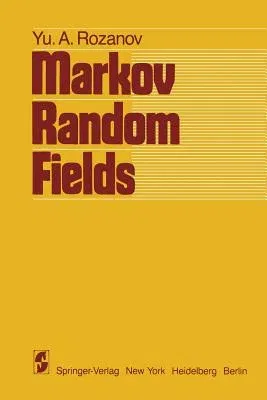In this book we study Markov random functions of several variables. What
is traditionally meant by the Markov property for a random process (a
random function of one time variable) is connected to the concept of the
phase state of the process and refers to the independence of the
behavior of the process in the future from its behavior in the past,
given knowledge of its state at the present moment. Extension to a
generalized random process immediately raises nontrivial questions about
the definition of a suitable" phase state," so that given the state,
future behavior does not depend on past behavior. Attempts to translate
the Markov property to random functions of multi-dimensional "time,"
where the role of "past" and "future" are taken by arbitrary
complementary regions in an appro- priate multi-dimensional time domain
have, until comparatively recently, been carried out only in the
framework of isolated examples. How the Markov property should be
formulated for generalized random functions of several variables is the
principal question in this book. We think that it has been substantially
answered by recent results establishing the Markov property for a whole
collection of different classes of random functions. These results are
interesting for their applications as well as for the theory. In
establishing them, we found it useful to introduce a general probability
model which we have called a random field. In this book we investigate
random fields on continuous time domains. Contents CHAPTER 1 General
Facts About Probability Distributions §1.


